In 1971, Don Brash, the governor of the Reserve Bank of New Zealand from 1988 to 2002, bought a house for NZ$43,000. The same year, an elderly uncle of Brash’s invested the proceeds from selling his fruit farm in 18-year government bonds yielding 5.4 per cent. At that time, the uncle’s NZ$30,000 could buy 11 four-cylinder cars.
Brash’s uncle died in the meantime, but when the bonds matured in 1989 the NZ$30,000 could buy only one of those cars. Brash’s house, however, was worth NZ$430,000 by 1986. Inflation, of course, killed the bond investment’s ability to buy cars while the value of Brash’s home rose enough to preserve, even boost, its purchasing power.
Brash used this anecdote to explain why the social injustices of inflation prompted the RBNZ to a world first in 1990 when inflation was 8 per cent. That year the central bank and the government formalised an inflation target between 0 per cent and 2 per cent. The pact said the goal must be met by 1992.
The RBNZ’s success in pulverising inflation below 2 per cent in less than half the time prompted politicians the world over to gift central banks the autonomy to meet inflation targets of around 2 per cent. (The Reserve Bank of Australia’s target is 2 per cent to 3 per cent.) The move to ‘independent’ central banking ushered in decades of price stability. Such became their aura, central bankers epitomised the Davos ideal of a world run by the technocratic elite.
Not anymore. The fastest inflation in three decades and the required tightening in monetary policy have shattered the myth of maestro central bankers and, more crucially, exposed the social and political limits of monetary policy as inflation-fighting tool.
Higher interest rates have stalled economies (Australia, the UK and the US) and shrunk others (the eurozone and New Zealand). Yet inflation is unbeaten, charging at 7 per cent in Australia, 6.1 per cent in the eurozone, 6.7 per cent in New Zealand, and 8.7 per cent in the UK, even if it’s cooled to 4 per cent in the US.
The problem is that higher interest rates only (directly) target some of the population, foremost mortgaged households. Fiscal tightenings are needed to spread the burden of taming inflation. Otherwise, rates must rise to levels that cripple those being pounded.
Yet most governments are running budget deficits that stoke demand and, thus, inflation. Australia is an exception this fiscal year because higher commodity prices have delivered what is essentially a balanced budget. Canberra has made no fiscal tightenings of note, while backing renewable-energy policies and wage pushes that are inflationary.
As the economic, political and social costs of only relying on monetary policy to attack inflation manifest, policymakers will seek other solutions. The most appealing might be to lift inflation targets.
One option would be to raise inflation targets to 3 per cent or 4 per cent. In 2020, the Federal Reserve veered in this direction when it scrapped a 2 per cent inflation ceiling for an average target of 2 per cent. That meant the US central bank would let inflation exceed 2 per cent ‘for some time’ if it had undershot that figure.
Higher inflation targets would ease the monetary-policy squeeze and erode debt burdens. But they unmoor inflation expectations. After all, a goal adjusted once can be altered again.
While many central banks only target low inflation, some including the RBA have two main goals – tame inflation and full employment – that in conventional economics are mutually exclusive. A way to formalise this trade-off is to target nominal GDP.
Nominal GDP is the dollar value of an economy’s output before it is adjusted for inflation to derive real GDP. Economists suggest central banks target, say, 5 per cent for nominal GDP, where the ideal outcome would be 2 per cent inflation and 3 per cent real GDP growth.
Among advantages, targeting nominal GDP implicitly contains ‘forward guidance’ and lowers the risk of boom-bust cycles by avoiding the rigidity whereby inflation close to 0 per cent pressures central banks to cut rates even if the economy is thriving. The target better copes with shocks because it tolerates faster inflation when economies are struggling. Inflation, in theory, could reach 7 per cent if the economy is shrinking 2 per cent in real terms.
But the reverse applies too – Australia’s 7 per cent inflation demands shrinking real GDP by 2 per cent, which is politically difficult to even articulate. Among other drawbacks, targeting nominal GDP is hard to explain to the public and untethers inflation expectations.
Talk of adjusting central-bank goals harks to whether quasi-independent central banking is still appropriate. The question is pointed. It highlights that today’s inflation failure negates the justification of this autonomy. It reminds how during the pandemic central banks supported government spending rather than ensure price stability.
Central-bank independence will likely stay because investors and the public prefer technocrats to control interest rates and politicians like having scapegoats. But central bankers can expect greater scrutiny that makes them more accountable and sackable.
It’s likely inflation targets will be raised in some way. Whatever happens, no gentle solution to inflation looms and any new system will contain drawbacks. The flaw one across all solutions is that central bankers didn’t fail because they had the wrong target. They failed due to a lack of imagination, judgment, and will. No redesigned goal can solve that.
To be sure, let’s accept inflation is the price for averting a depression during the pandemic. Let’s concede too supply shocks have stirred inflation in ways beyond the control of monetary policy short of obliterating the economy. But misjudgments of central bankers made things worse. Let’s acknowledge it’s possible that inflation slows towards 2 per cent without much disruption – US inflation has more than halved without unemployment jumping. But ‘soft landings’ are likely a chimera because downturns are needed to reach 2 per cent inflation targets.
The conundrum to solve is that monetary policy is innately political. Monetary settings must resolve the competing interests of debtors and creditors and savers and spenders. When inflation is high, the conflict of interests intensifies to a clash between the future jobless and imminent homeless against reduced inflationary pain for others.
In the 1990s, targeting 2 per cent inflation was the solution. Today’s high indebtedness, darkening outlook, and entrenched inflation suggest something else is needed.
Got something to add? Join the discussion and comment below.
Get 10 issues for just $10
Subscribe to The Spectator Australia today for the next 10 magazine issues, plus full online access, for just $10.

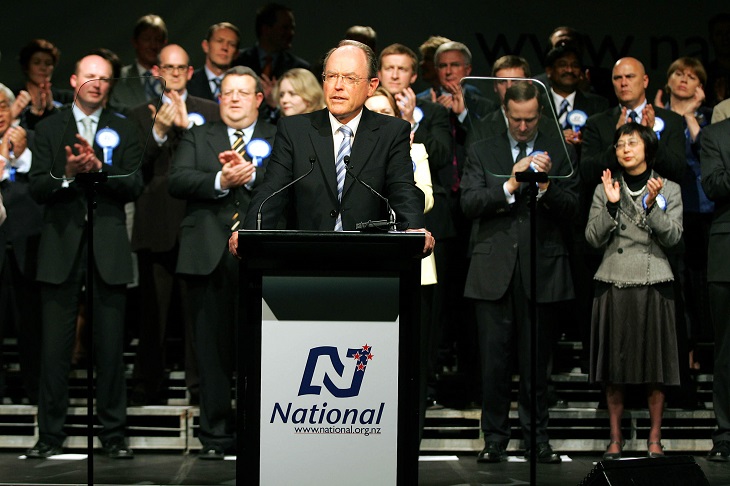
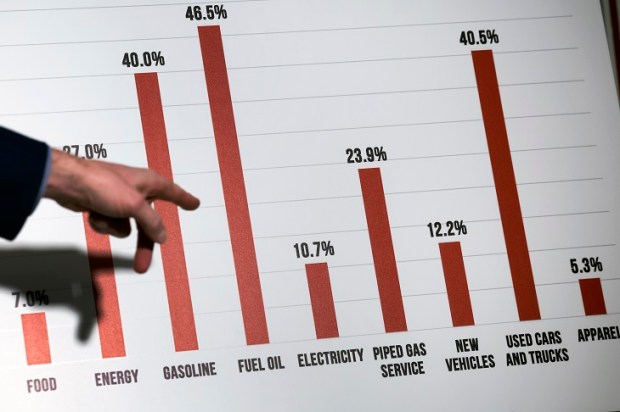
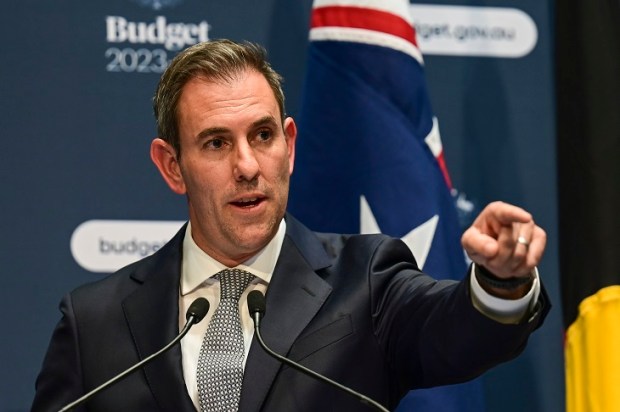

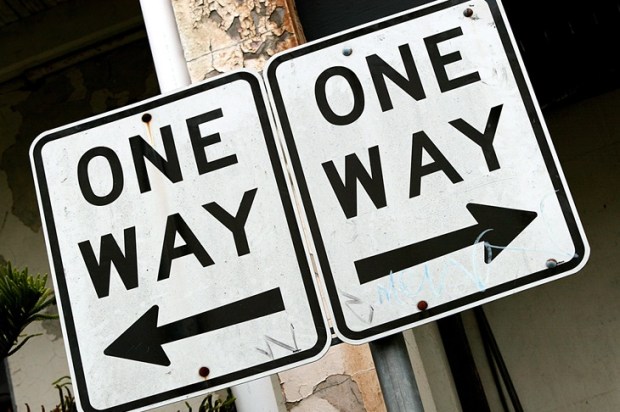
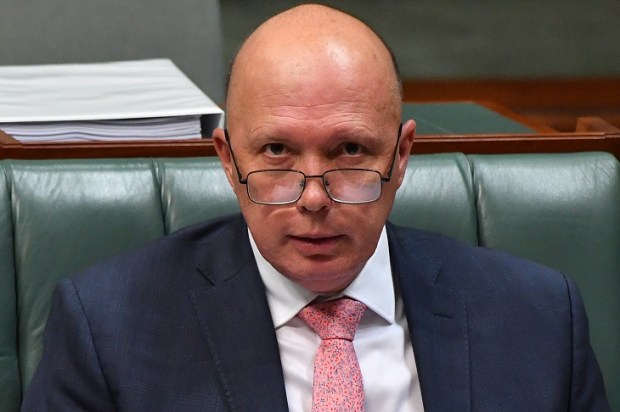


















Comments
Don't miss out
Join the conversation with other Spectator Australia readers. Subscribe to leave a comment.
SUBSCRIBEAlready a subscriber? Log in